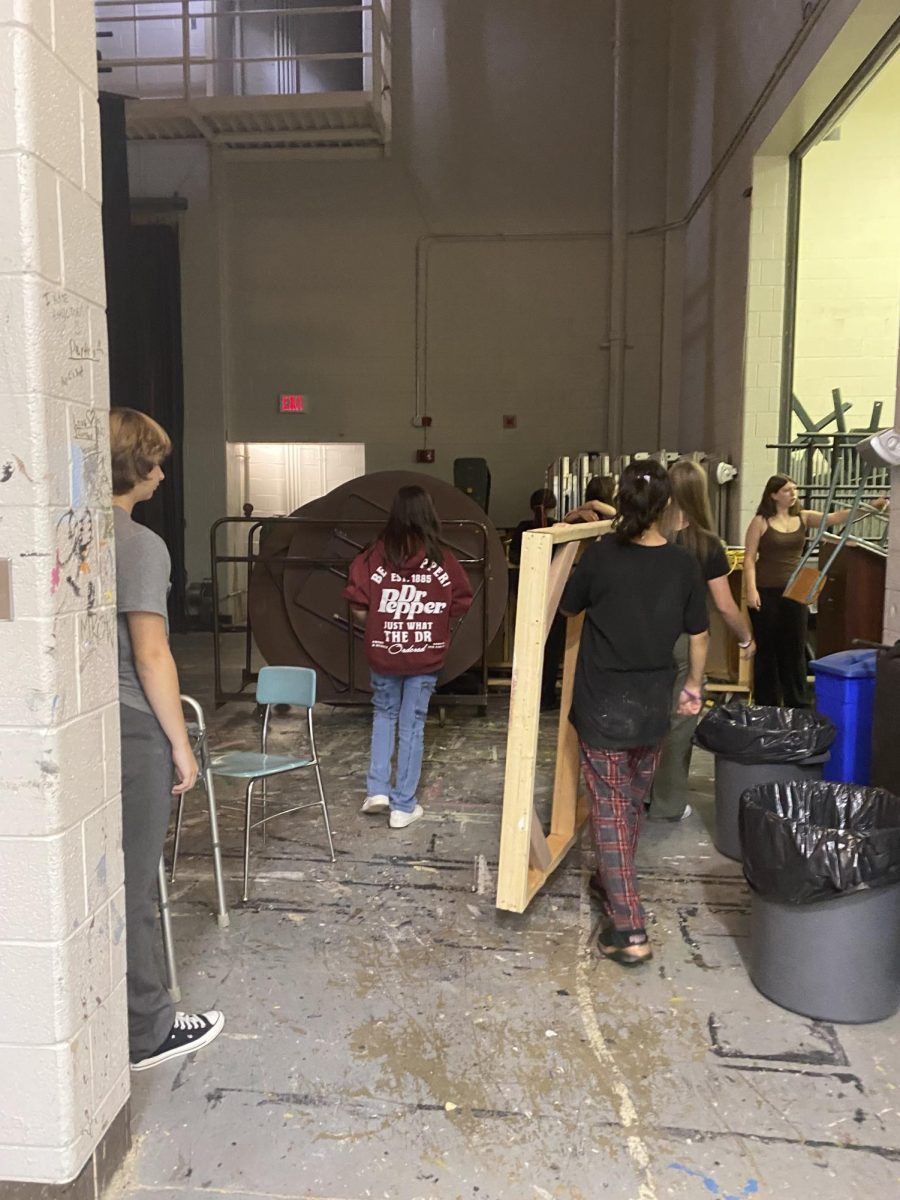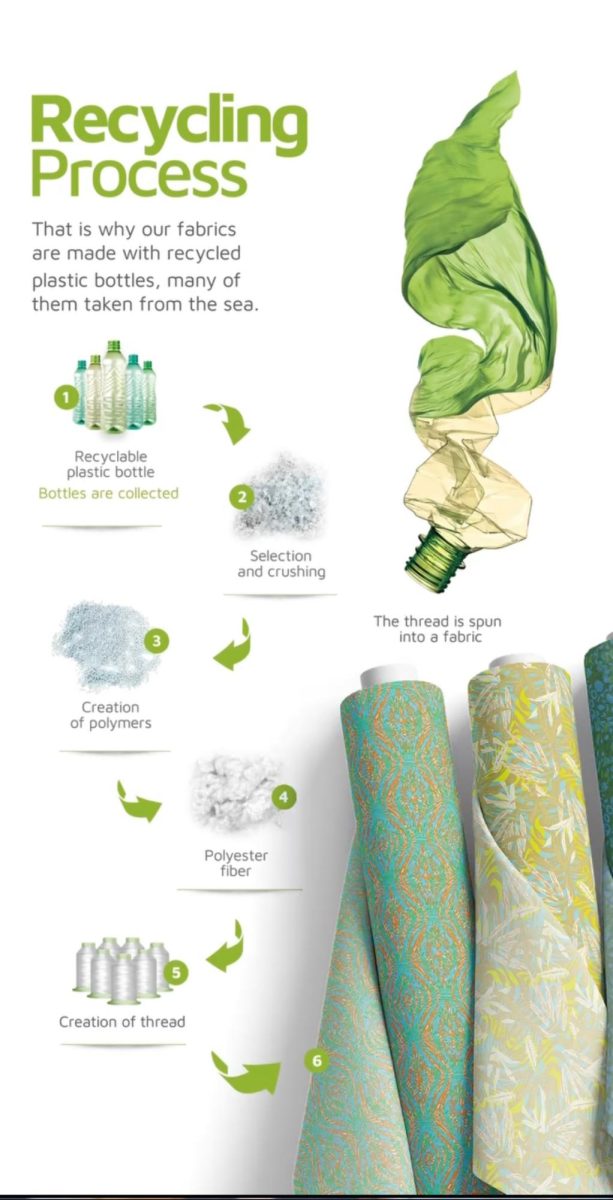This is an era where the fashion industry is changing in the recent past. The shift to sustainable fashion has become both a movement and a necessity as concerns about climate change and environmental degradation continue to grow. This trend has changed the way clothes are produced, sold and worn and the result is good for the planet as well as for the consumer who wants to shop with environmentally friendly values.
Sustainable fashion is the production of clothing and accessories that do minimal harm to the environment and are made with good ethical standards. This includes using recycled materials, minimal water consumption and fair labor practices. Big and small brands, including global giants and local thrift stores are getting involved, and are realizing that sustainability is not just a trend, it is the future of fashion.
Major Players and Local Efforts
Major fashion brands have stepped up to meet the growing demand for sustainable options. Adidas and Patagonia have created collections using recycled and biodegradable materials. For instance, Adidas’ partnership with Parley for the Oceans takes plastic waste and turns it into high quality sneakers to show what sustainable design through innovation looks like. These efforts also help reduce waste and encourage other companies to do the same.
On the side, local businesses and thrift stores that promote the reuse and recycling of clothing are also part of the movement. Thrifting has recently gained popularity, especially among the younger crowd, as it allows people to update their closets without the environmental drawbacks of fast fashion. Every year, a staggering amount of textile waste ends up in landfills, and extending the life cycle of garments through buying second-hand clothing also helps to reduce this.
Why Now?
The traditional fashion industry is environmentally bad, and that is why we need to adopt sustainable fashion practices. The fashion sector is one of the world’s biggest polluters, accounting for 8-10% of global carbon emissions and nearly 20% of all wastewater, according to the United Nations. These shocking figures have driven companies and consumers to look for more sustainable options.
As climate change remains one of the biggest issues in the world, people are starting to ask for more transparency and accountability from brands. Social media has been instrumental in spreading information about the effects of fast fashion on the environment and people. Influencers and activists have taken over platforms like Instagram and TikTok to teach the public the importance of choosing sustainable options.
The Challenges Ahead
Despite the advances, there are still issues. It costs more to produce sustainable clothing, which can be a barrier for small brands and low-income consumers. Additionally, there are still many fast fashion brands that offer cheap and trendy products that encourage the consumer to buy more.
The shift to sustainability is gaining momentum and experts are optimistic about industry evolution. Consumers: They can help change this by supporting ethical brands and making conscious purchasing decisions.
The Future of Fashion
Changing from sustainable fashion is not only about production methods; it is a shift in mindset for companies and consumers alike. Innovation and adaptation are possible within the industry to meet the needs of a greener world. Additional efforts could result in a future where fashion and sustainability go hand in hand.
How to Switch to Sustainable Fashion: A Guide
- Buy Less, Choose Wisely: Pick Versatile and durable pieces because they can be styled in multiple ways instead of picking pieces that are not durable and can only be styled in a specific way.
- Shop of Second-Hand: Shop thrift stores and resale online platforms because not only are they affordable but they are durable which helps them last longer and reduce waste.
- Support Ethical Brands: Find companies that practice sustainable principles and support them. Look for certifications like Fair Trade, GOTS (Global Organic Textile Standard), and B Corp.
- Embrace Slow Fashion: Avoid impulse buying, meaning don’t buy something without trying it on and looking at the certifications. Take your time and consider whether it is something you will wear often and truly fits your Wardrobe.
- Repair and Upcycle: extend the life of your clothing by learning to repair them or ask someone who knows how to repair them to repair them so they last longer or get creative and transform them into something new. This also reduces waste.
- Choose sustainable Fabrics: when possible try going for these kinds of fabrics: Organic Cotton, Bamboo, recycled Polyester, and Lyocell because they reduce environmental impact .
- Wash smartly: When washing your clothes use cold water, try to not use harsh detergents,and if you can let clothes air dry because it helps reduce the amount of energy you are using.
With doing these things you can make a big impact on the environment while still showing off your personal style. Sustainable fashion is not about being perfect, it’s about progress, because even if it might seem small it makes a big difference on the planet. Every step counts.






















